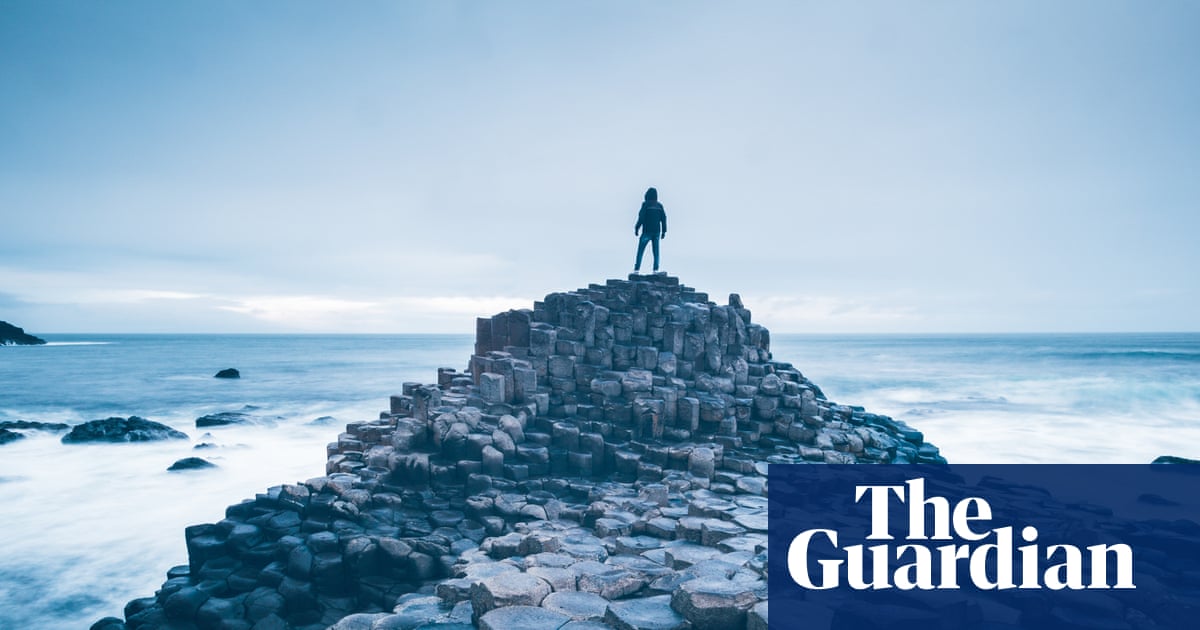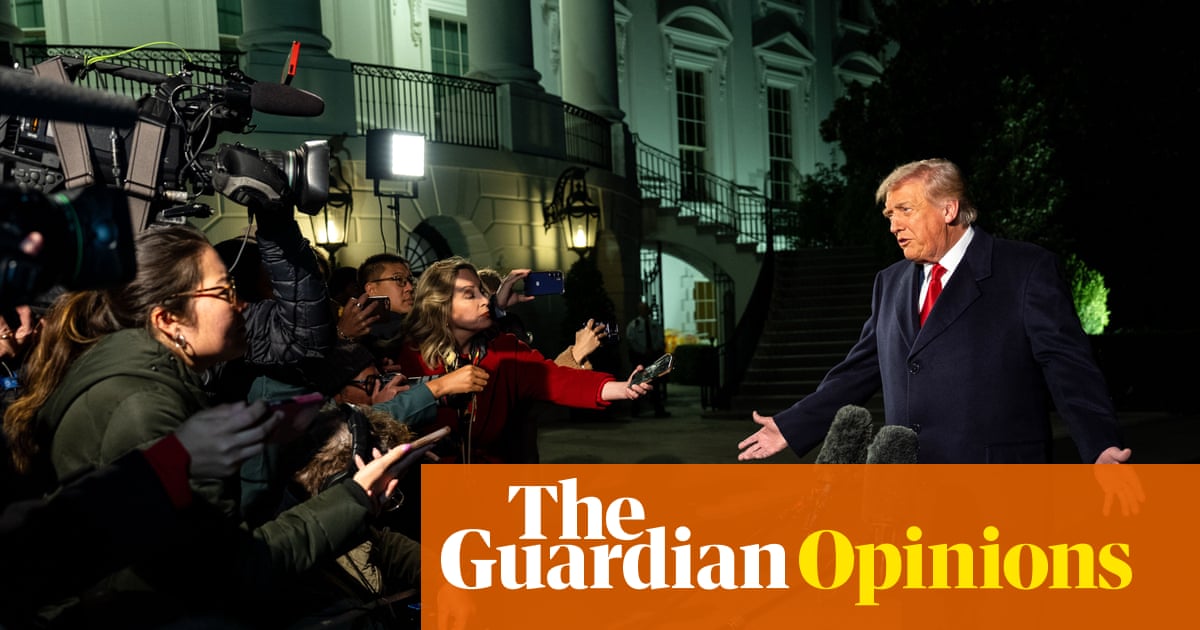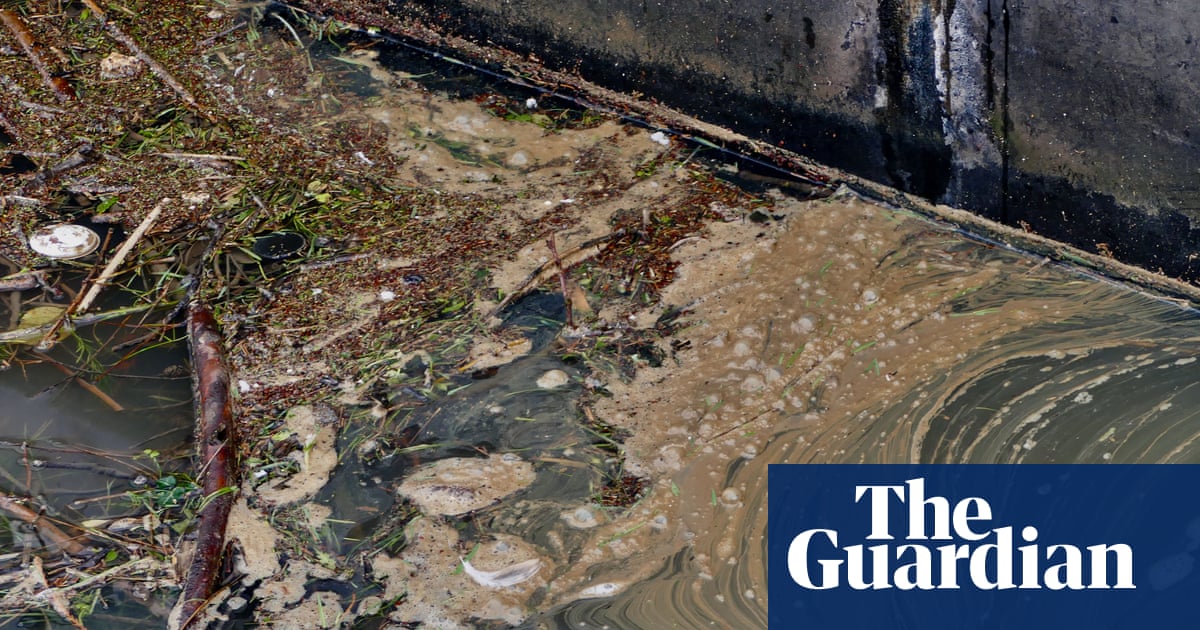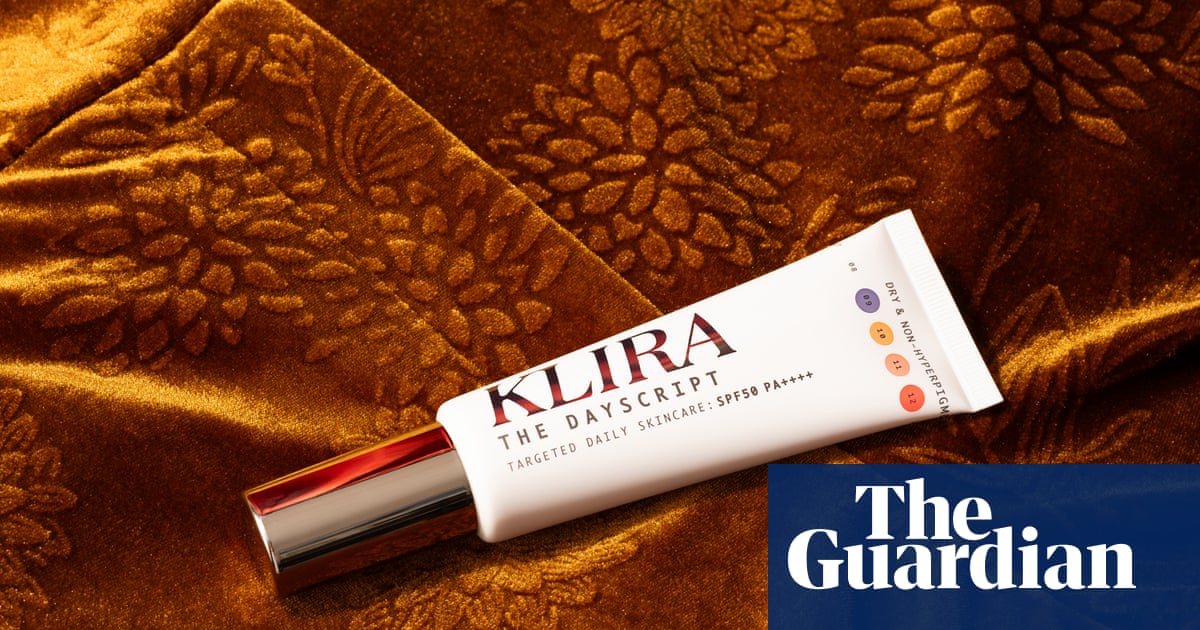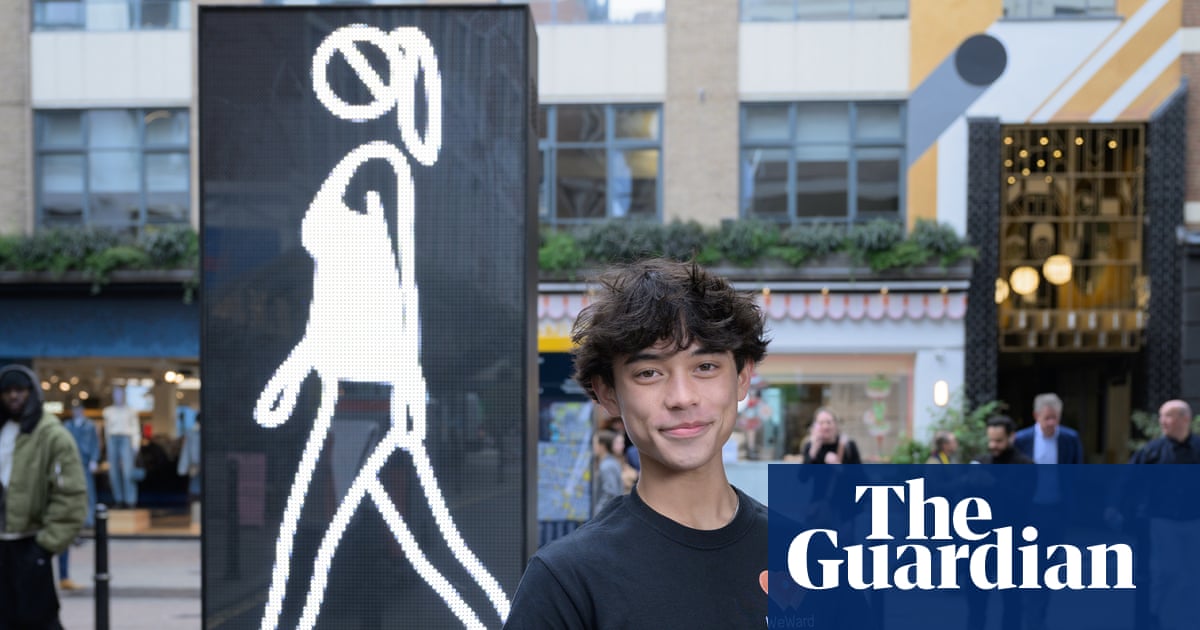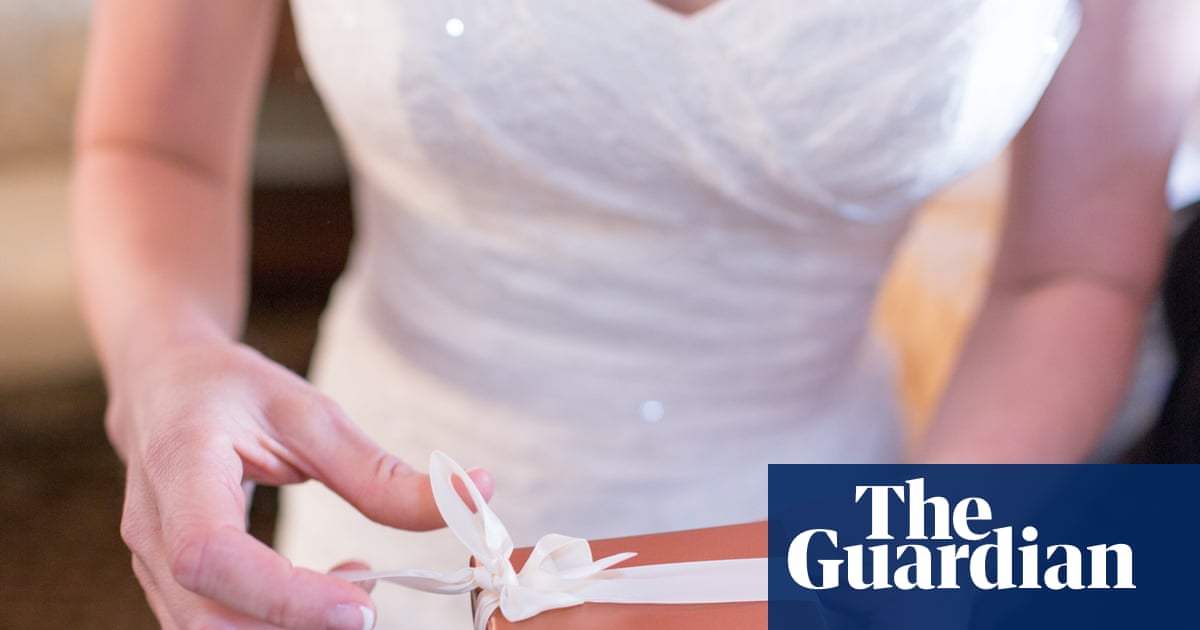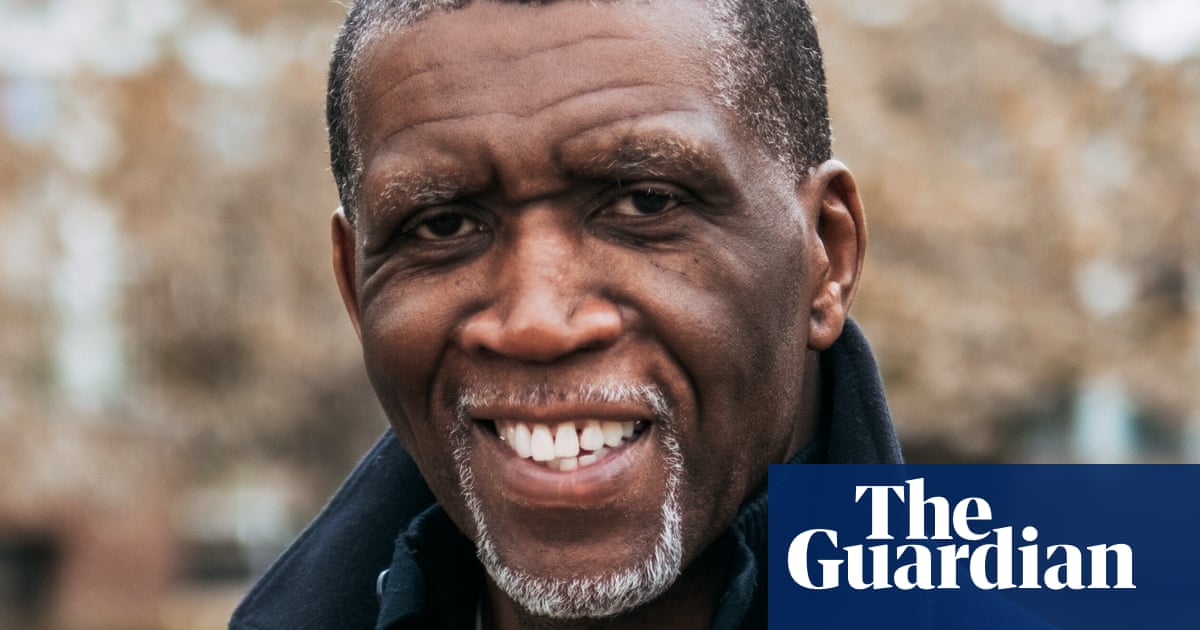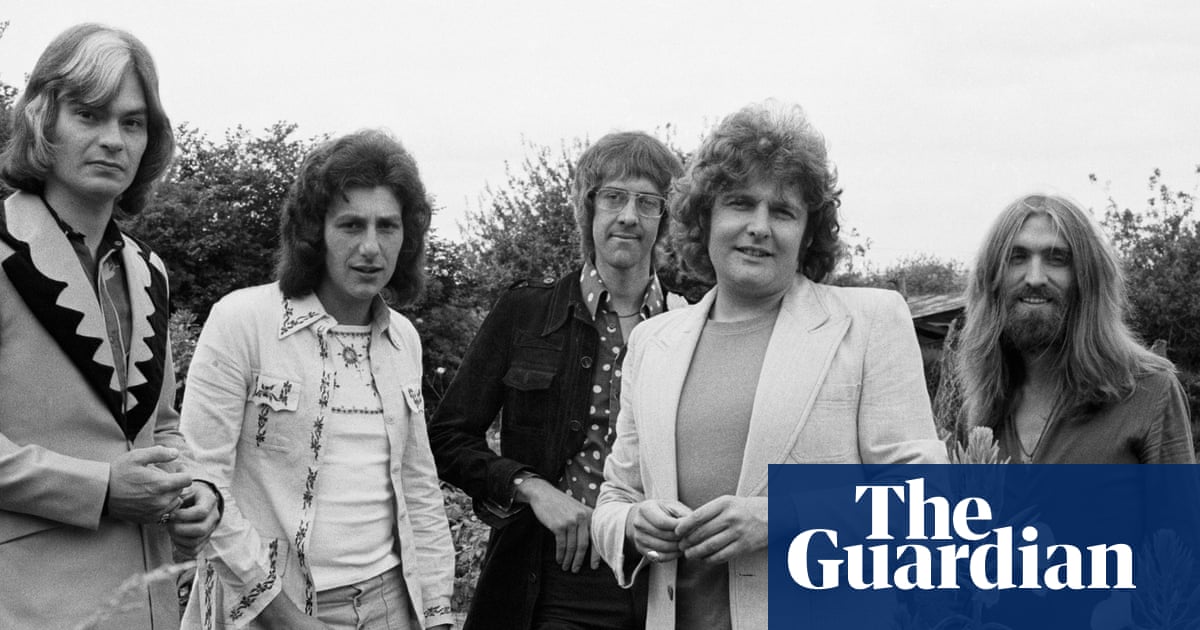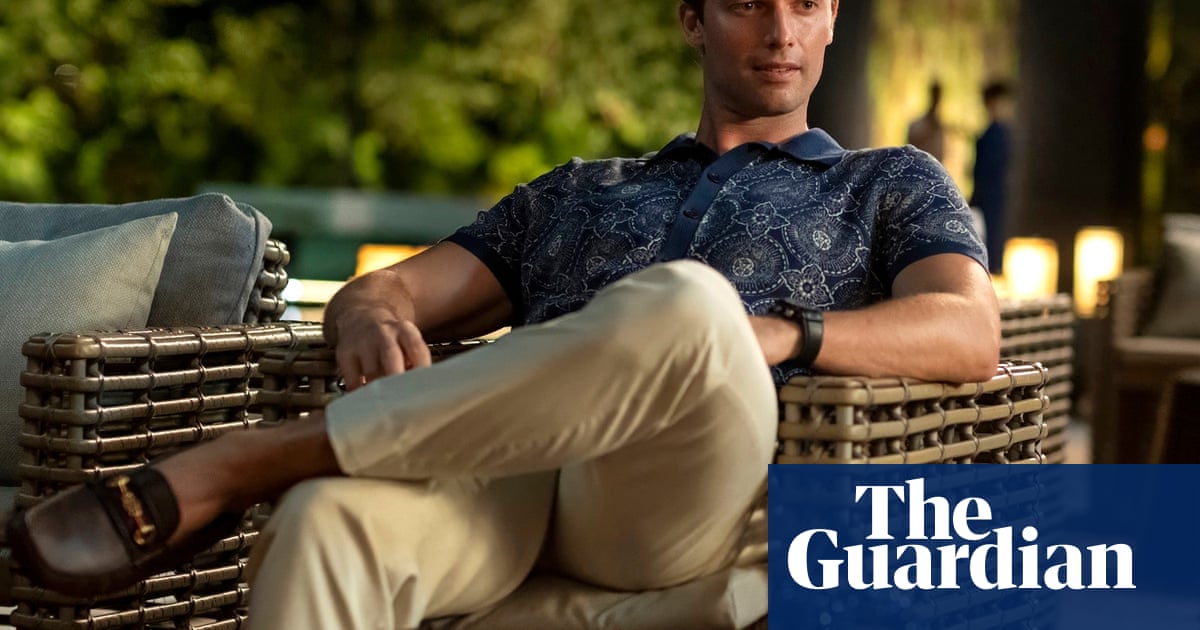You’d think at this point I would have learned all the lessons I could from art. I have been a full-time, professional art critic for most of my adult life. I spend my days in galleries, surrounded by art, reading about it, absorbing it. I like art a lot, but I am also cynical about its supposed benefits beyond the merely aesthetic.
But just as a new study by the Art Fund finds that art isn’t just good for our mental wellbeing but our physical health, three new books are hell-bent on proving that art is chock full of important life lessons too. Can art really teach us anything, can it change the world, can it make you a better person? We might as well put it to the test and see if it can improve the apparently unimprovable: me.
Top of the pile of new releases is the latest from Katy Hessel, celebrity art historian, podcast host and the author of mainstream art bestseller The Story of Art Without Men. Her new book, How to Live an Artful Life is like a self-help guide littered with quotes from YBAs – one for every day of the year. If you can’t learn something from the person who sold their dirty bed for £150,000, you’re a lost cause.
“Be porous,” the book says. That’s a big tick in the box for me – I’m human, quite literally covered in pores. I am acing my artful life right from the start. “Smash it,” it says a little further on, with a quote from Tracey Emin. I don’t have anything particularly smashable to hand, but I’ve just chucked a pen across the room. Am I doing this right?
I figure the best way to approach this is with as much accuracy as possible, and since Hessel’s book is organised like a calendar, with a new aphoristic instruction for every day of the year, I skip forward to October.
On the day I start this feature, I am not in an especially good mental place: I have no work lined up for the next three months, I haven’t done any exercise for a week and I have no idea what I’m doing with my life. I am in an existential funk of relatively bleak proportions. So, 20 October opens with a quote from Joan Baez about how “action is the antidote to despair”, before talking about a Toni Morrison essay that “discusses the importance of making in times of despair and dread”. The point is clear: to pull yourself out of a funk, get creating. Sadly, despair is also the enemy of creativity, and everything I try to make today feels like a failure from the very beginning. Better wait until tomorrow.

Ah, 21 October. “You can’t always be ‘on’,” Hessel says. “Despite the images given to us by social media, of people constantly producing, the idea of never-ending creative production is a myth. Don’t be afraid to take time out.” So it turns out the solution to despair isn’t doing something, it’s not doing something. That’s something I can do.
The 22 October is all about getting your “creative practice going”. Hessel suggests it may be as simple as having a brew. “Perhaps it isn’t about anything more than what you choose to drink to get you going. My drink of choice is Yorkshire Tea with milk, unlike [Agnès] Varda who favours hot water with rosemary (great for boosting your mood and improving concentration).” Sat here, staring at a cup of tea and a glass of water with some rosemary in it, I regret to report that I feel no better emotionally or creatively, though I am a hell of a lot more hydrated.
On to 23 October, which is all about finding the surreality in reality. I ain’t doing that, pal. But 24 October? Now this is a date I can get behind. It opens with a quote from painter Mary Stephenson that says, “Put everything in the studio on wheels.”
I have a little trolley I got from Aldi, so I whack my bowl of morning yoghurt on it and shunt it into the living room for breakfast. It adds a delightful thrill of danger and it perks me up no end. Everything is going on wheels from now on. Thanks, art.
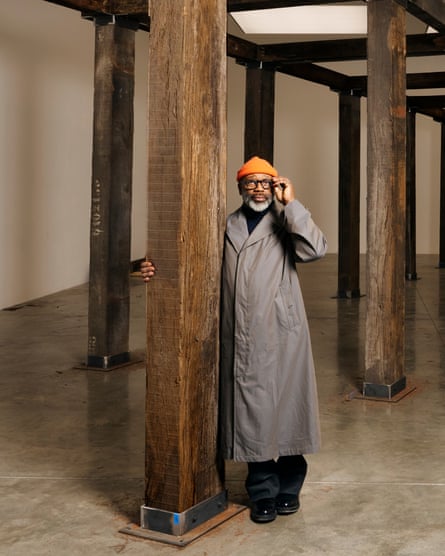
Survival Notes: Life Lessons from Contemporary Artists by Lydia R Figes takes a notably less self-helpy approach to the lessons art can teach us. Figes has interviewed a series of contemporary artists and asked them for the best advice they can muster. It is a book full of in-depth interviews exploring how to survive the modern world with your creativity, and sanity, intact. Figes considers fame, gallery representation, solitude and politics – and how to navigate them as a creative.
The result is a book that functions as a peppy set of encouraging aphorisms for floundering artists, which may not be relevant to everyone else, but there’s still plenty of encouragement to take from it.
My own favourite words of wisdom in the book, as I sit here trying to avoid finishing this article, come from Alvaro Barrington: “I don’t necessarily believe in procrastination because the word itself assumes that there is value in particular forms of activity. As an artist, I don’t want to define my daily actions in terms of productivity, which in the end all leads back to market value.” The way Barrington describes procrastination almost makes it sound like a noble act.
But, a few hours later, I realise that as much as I’d like to spend the rest of the day watching YouTube videos of men wild camping in the Arctic Circle, this article isn’t going to write itself. And I do not get paid to watch YouTube videos; some forms of activity really do have value.
American painter Jordan Casteel then advises that you should “make a lot of bad work for as long as possible”. Yet another tick for me. Antony Gormley, on the other hand, says “Don’t listen to those who intend to make you feel crushed, ignored, stupid or irrelevant”, which is a disappointing thing to hear from an artist to whom I have repeatedly given bad reviews.
Most of the advice is similarly impractical, but equally relatable. Throughout, artists urge you to take your time, believe in yourself, be brave, look after your mental health, and – as Grayson Perry says – “don’t be an arsehole”. I’m trying.
Ben Luke’s What is Art For? is based on his A Brush With … podcast, on which he interviews major contemporary artists about their work and influences. What’s most enjoyable are the artists’ cultural recommendations. Ragnar Kjartansson loves rococo art, New York’s New Museum and Icelandic author Halldór Laxness; Roni Horn talks about Johannes Vermeer, the poems of Emily Dickinson and the music of Missy Elliott; for American-Ethiopian painter Julie Mehretu it’s all about Cézanne, Senegalese singer Youssou N’Dour and Nigerian author Chris Abani.

Luke also asks the artists if they have daily rituals, and this is where you can really glean some quality life advice. Dayanita Singh takes a long, deep breath every morning; Theaster Gates soaks in a 100-gallon copper bathtub; Roni Horn gets in the studio and starts “putzing”. Well, I already do plenty of putzing but I don’t have a giant copper bathtub to boil myself in, sadly. Interestingly, Zadie Xa, Ellen Gallagher and Julie Mehretu all talk about how they clean or tidy their houses and workspaces before starting work. I like to be surrounded by the gathering detritus of my day, snacks and distractions, empty coffee mugs, books and seven old newspapers so I can pretend that I’m going to finish the cryptic crossword. But tidying feels like something that may just make a tangible difference.
And, damn it, they’re right – it does. I start my day by chucking out all the newspapers, tidying all my mess and having a quick whip around with the vacuum cleaner and, you know what, it works. Everything is calmer, simpler, easier. I can concentrate, I can think, I can work without worrying what seven across might be.
Did it really require a Turner prize-nominated installation artist and two of the world’s most important contemporary painters to make me learn a lesson that my mum tried to hammer into me for my whole childhood? Apparently. But you take the positives where you can, and I guess there really is a lot art can teach us, even if it’s just about vacuuming and listening to Missy Elliott.
-
How to Live an Artful Life: 366 Inspirations from Artists on How to Bring Creativity to Your Everyday by Katy Hessel is published on 6 November by Hutchinson Heinemann (£16.99). Survival Notes: Life Lessons from Contemporary Artists by Lydia R Figes is published by Thames & Hudson (£14.99). What is Art For? Contemporary Artists on Their Inspirations, Influences and Disciplines by Ben Luke is published by Heni (£29.99). To support the Guardian order at The Guardian Bookshop. Delivery charges may apply

.png) 2 hours ago
7
2 hours ago
7

